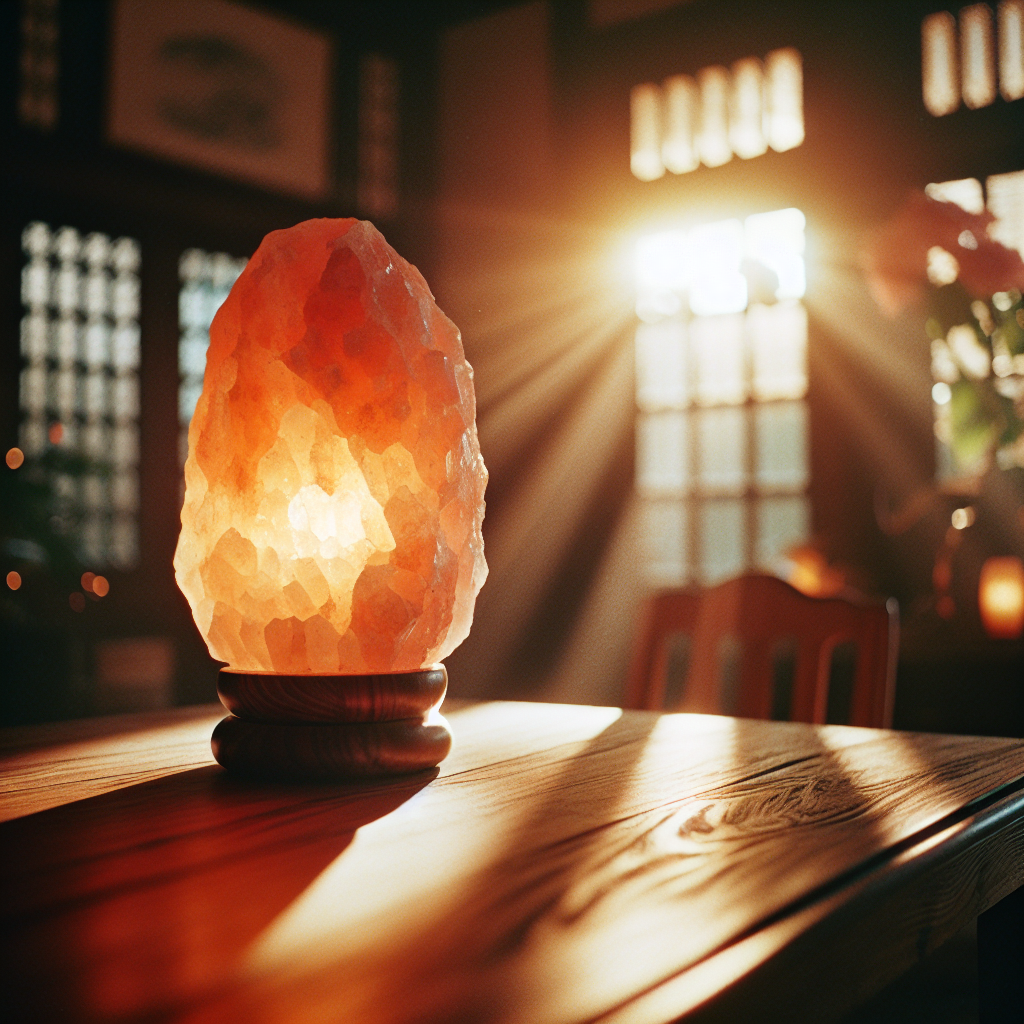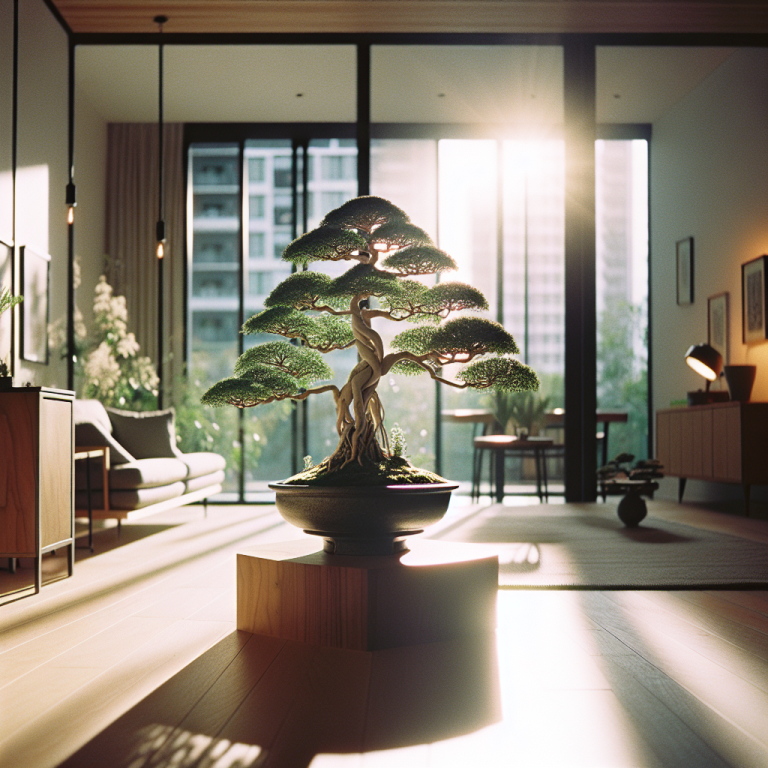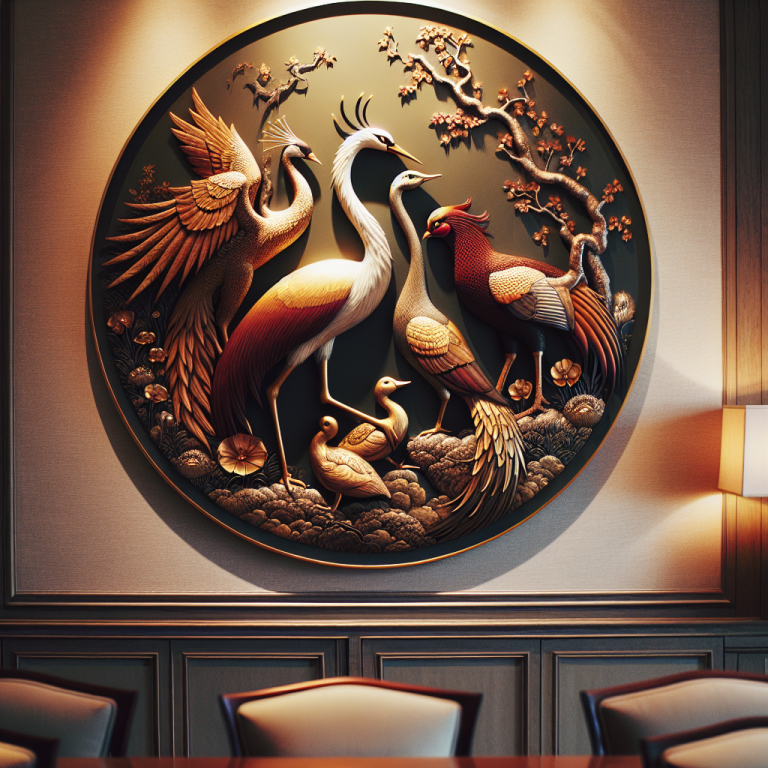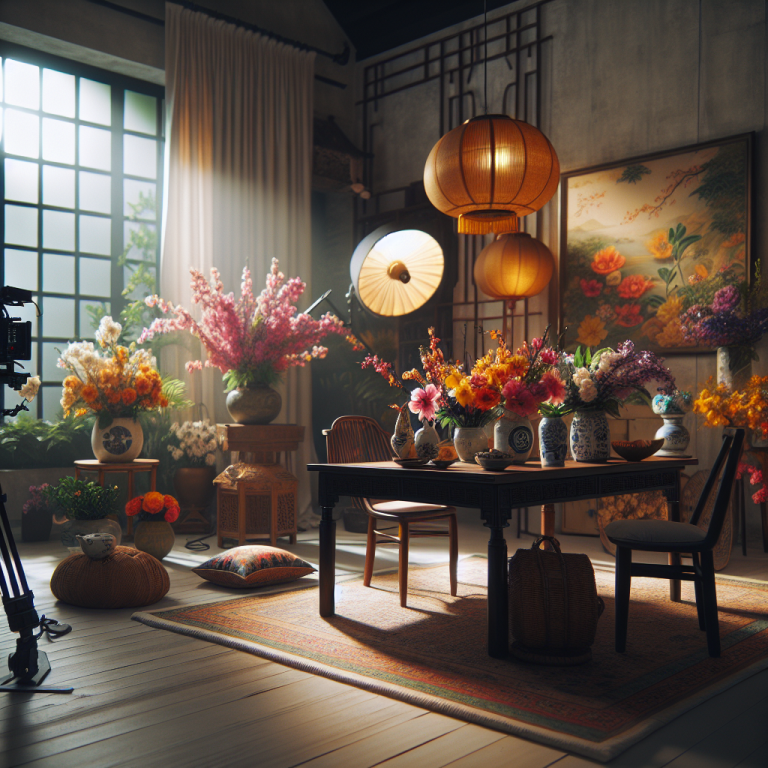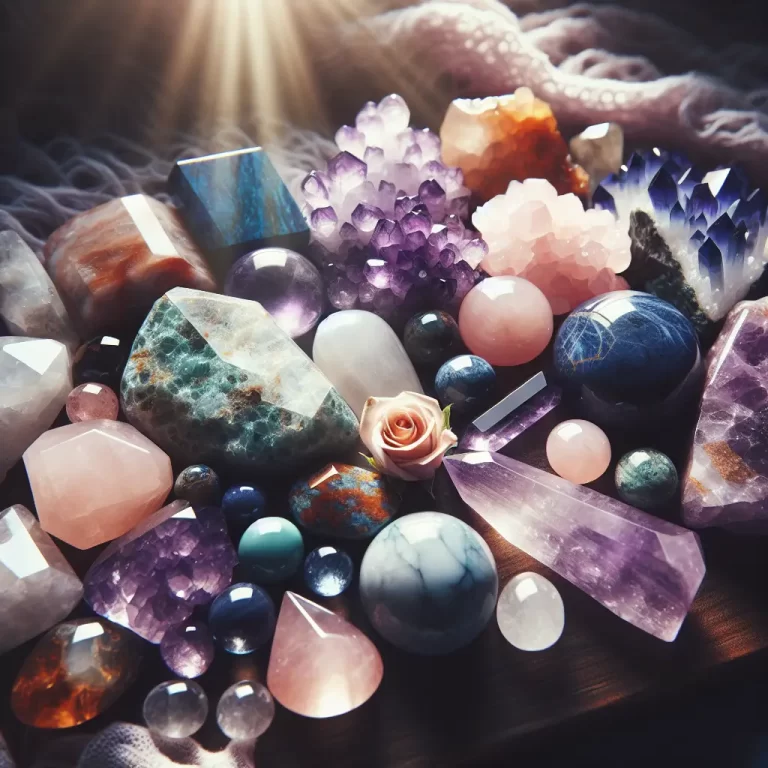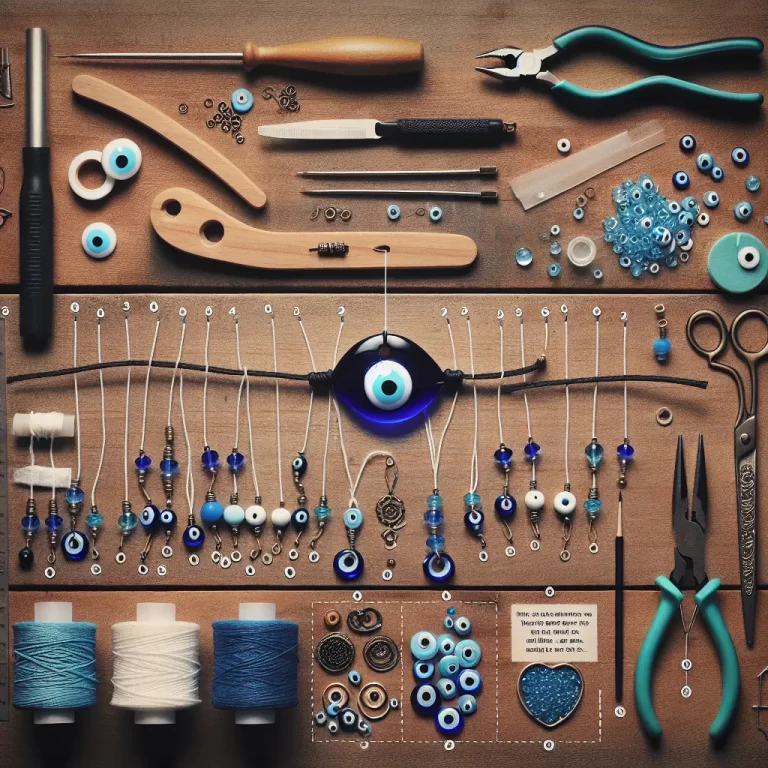Contents
- Are Himalayan Salt Lamps Good Feng Shui? Illuminating the Truth
- The Allure of Himalayan Salt Lamps
- Feng Shui Principles and Salt Lamps
- Placing Salt Lamps for Optimal Feng Shui
- The Science Behind the Claims
- A Personal Touch: Sarah’s Salt Lamp Story
- FAQs About Himalayan Salt Lamps and Feng Shui
- Q: How long should I keep my salt lamp on?
- Q: Can salt lamps be harmful to pets?
- Q: Do salt lamps need special maintenance?
- Q: Can I use salt lamps in any room?
- Q: Are there any alternatives to Himalayan salt lamps for feng shui?
Are Himalayan Salt Lamps Good Feng Shui? Illuminating the Truth
Himalayan salt lamps have become increasingly popular in recent years, not just for their warm, soothing glow, but also for their purported feng shui benefits. But do these pink crystalline lamps truly enhance the flow of chi energy in your space? Let’s explore the fascinating intersection of these ancient salt formations and the time-honored practice of feng shui.
The Allure of Himalayan Salt Lamps
Carved from pink salt crystals mined from the Khewra Salt Mine in Pakistan, Himalayan salt lamps emit a soft, amber light when illuminated. Their unique appearance and warm glow have made them a favorite among interior decorators and feng shui enthusiasts alike. But beyond their aesthetic appeal, these lamps are believed by many to offer a range of benefits, from air purification to mood enhancement.
Feng Shui Principles and Salt Lamps
In feng shui, the ancient Chinese art of harmonizing individuals with their surrounding environment, balance is key. Practitioners believe that the strategic placement of objects can influence the flow of chi, or life force energy, throughout a space. Himalayan salt lamps are thought to contribute to this balance in several ways:
- Element Representation: Salt lamps embody multiple elements of the feng shui cycle. The salt itself represents the earth element, while the light within symbolizes fire. This combination can help create a more balanced energy in a room.
- Negative Ion Generation: Although scientific evidence is limited, some believe that when heated, salt lamps release negative ions into the air. In feng shui, negative ions are associated with cleansing and purifying energy.
- Color Therapy: The warm, pinkish-orange glow of salt lamps aligns with the fire element in feng shui, which is associated with passion, energy, and transformation.
Placing Salt Lamps for Optimal Feng Shui
If you’re considering incorporating Himalayan salt lamps into your feng shui practice, placement is crucial. Here are some suggestions:
- Living Room: Place a lamp in the southwest corner to enhance love and relationships, or in the northeast to boost knowledge and wisdom.
- Bedroom: A small lamp on the nightstand can promote relaxation and better sleep quality.
- Home Office: Position a lamp near your workspace to improve focus and creativity.
- Entryway: A salt lamp here can help cleanse the energy of those entering your home.
Remember, in feng shui, less is often more. One strategically placed lamp can be more effective than several scattered throughout a space.
The Science Behind the Claims
While the feng shui benefits of Himalayan salt lamps are largely based on traditional beliefs, some scientific studies have explored their potential effects:
- Air Purification: There’s limited evidence to support claims that salt lamps significantly purify air. However, their hygroscopic nature means they may attract some water molecules from the air, potentially trapping small particles.
- Mood Enhancement: The warm, dim light emitted by salt lamps may help create a relaxing atmosphere, potentially influencing mood positively.
- Sleep Improvement: By reducing exposure to blue light in the evening, salt lamps might indirectly support better sleep patterns.
A Personal Touch: Sarah’s Salt Lamp Story
Sarah, a feng shui consultant from San Francisco, shares her experience: “I was skeptical at first, but after placing a Himalayan salt lamp in my bedroom, I noticed a subtle shift in energy. My sleep improved, and the room felt more balanced. While I can’t scientifically explain it, the lamp has become an integral part of my feng shui practice.”
FAQs About Himalayan Salt Lamps and Feng Shui
Q: How long should I keep my salt lamp on?
A: For optimal feng shui benefits, it’s recommended to keep your salt lamp on for at least 16 hours a day.
Q: Can salt lamps be harmful to pets?
A: While not toxic, salt lamps can be dangerous if pets lick them excessively. Keep them out of reach of curious animals.
Q: Do salt lamps need special maintenance?
A: Occasionally wipe them with a soft, dry cloth. In humid environments, they may “sweat,” requiring more frequent cleaning.
Q: Can I use salt lamps in any room?
A: While generally safe for most areas, avoid placing them in high-humidity rooms like bathrooms, as excessive moisture can damage the salt.
Q: Are there any alternatives to Himalayan salt lamps for feng shui?
A: Yes, crystals, plants, and water features are other popular feng shui tools that can enhance energy flow in your space.
In conclusion, while scientific evidence supporting the feng shui benefits of Himalayan salt lamps is limited, many people find them to be a valuable addition to their homes. Whether you’re drawn to their aesthetic appeal or their potential energy-balancing properties, these unique lamps can certainly add a warm, inviting glow to any space. As with any feng shui practice, the most important factor is how the lamp makes you feel in your environment.
Remember, creating good feng shui is about more than just placing objects – it’s about cultivating a harmonious, balanced living space that supports your well-being. Whether you choose to incorporate Himalayan salt lamps or not, the key is to create an environment that feels right for you.
Feng Shui Bliss: Harmonizing your space, one crystal at a time.

